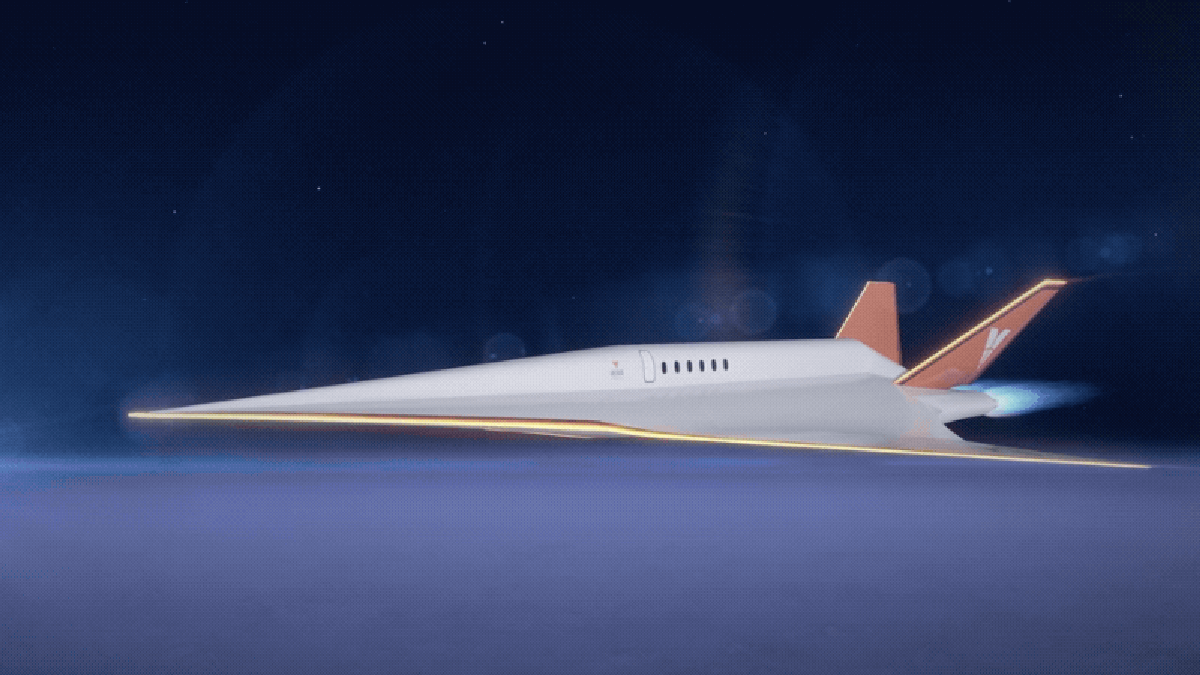
The Stargazer is expected to get passengers from Tokyo to Los Angeles in an hour. Imagine that—you’d be able to gallivant around Shibuya Crossing and climb the Skytree for a few hours, only to be back home on the west coast before dinnertime. That’s definitely an improvement over the the 11-hour flight on a commercial aircraft.
Advertisement
Stargazer would take off using engines just like a conventional airplane, but then “transition to rockets once at altitude and away from [the] city,” Venus Aerospace CTO Andrew Duggleby said to me in an email. Stargazer’s first ground test isn’t expected to happen until 2025 at the earliest, and there would be “no less than five years of flight testing to ensure safety, reliability, and performance,” he added.
Ideally, tickets for Stargazer would be roughly the same price as a first-class ticket on a commercial aircraft, but Duggleby said a number of variables still need to be worked out to pin down that price.
Advertisement
If and when Stargazer does get off the ground, the promise of jet-setting across the globe at ludicrous speeds will be incredibly alluring for a certain group who can afford it, even if it isn’t crossing the threshold into the inky black void. That said, ever since the crash of a Concorde plane in July 2000, the public has been understandably jittery about supersonic vehicles. So in addition to engineering challenges, Venus Aerospace will likely have to overcome some psychological barriers as well.
More: Russian Space Agency Plans to Space-Jack a German X-Ray Telescope
Advertisement
